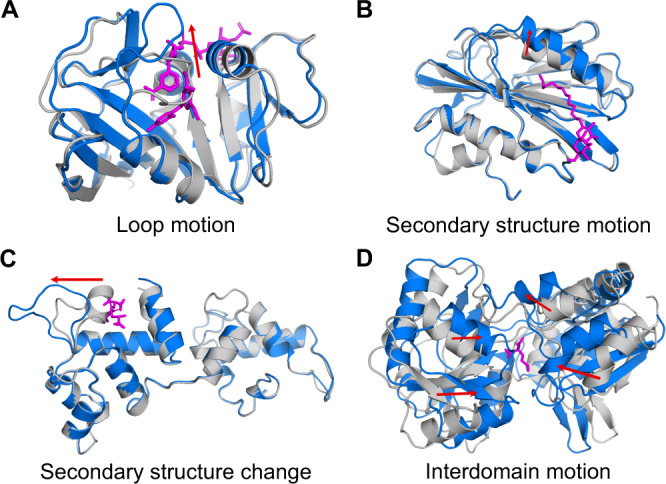Fig. 4. PocketMiner’s validation dataset contains diverse types of conformational changes that lead to cryptic pocket formation.

Apo structures are shown in gray, holo structures are shown in blue, and ligands are shown in magenta. The red arrows highlight the main conformational change occurring between apo and holo. A Cryptic pockets can arise as a result of loop motions like those seen in dihydrofolate reductase (apo PDB: 2W9T74, holo PDB: 2W9S74); (B) secondary structure element motions such as those seen in lipoprotein LpqN (apo PDB: 6E5D75, holo PDB: 6E5F75); (C) secondary structure changes like those observed in calcium- and integrin-binding protein 1 (apo PDB: 1Y1A chain A76, holo PDB: 1Y1A chain B); (D) or interdomain motions as in nopaline-binding periplasmic protein (apo PDB: 4P0I77, holo PDB: 5OTA78). We refer to examples like those shown in A–C as forward pockets because the residues adjacent to the ligand in the holo structure are farther from one another than they are in the apo structure. We refer to examples like that in D as reverse pockets because the residues adjacent to the ligand in holo are closer together than they are in apo.
